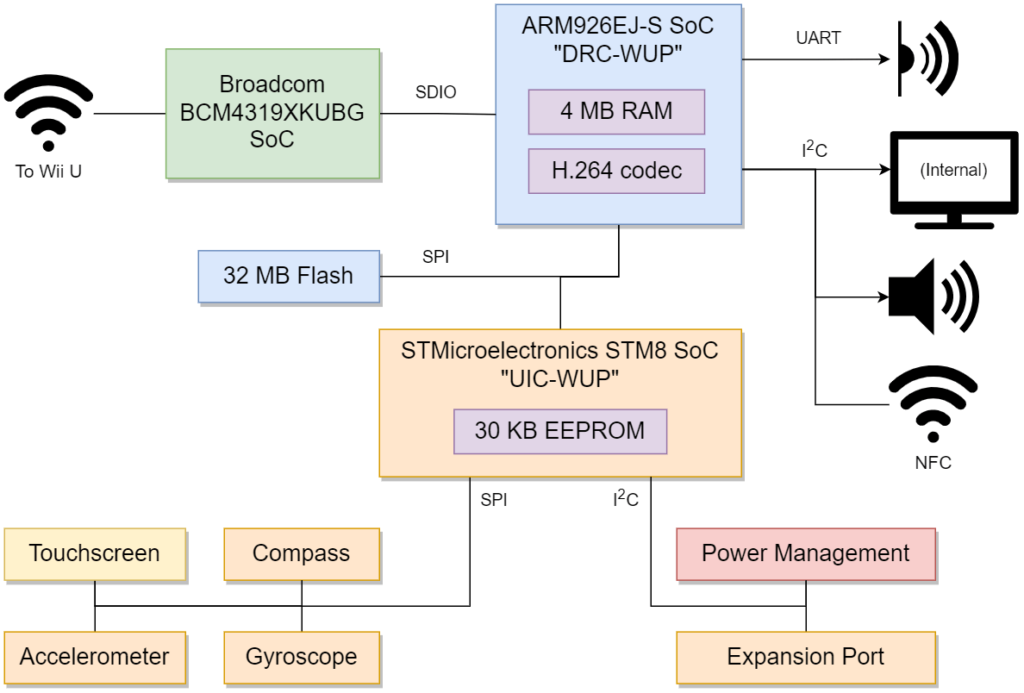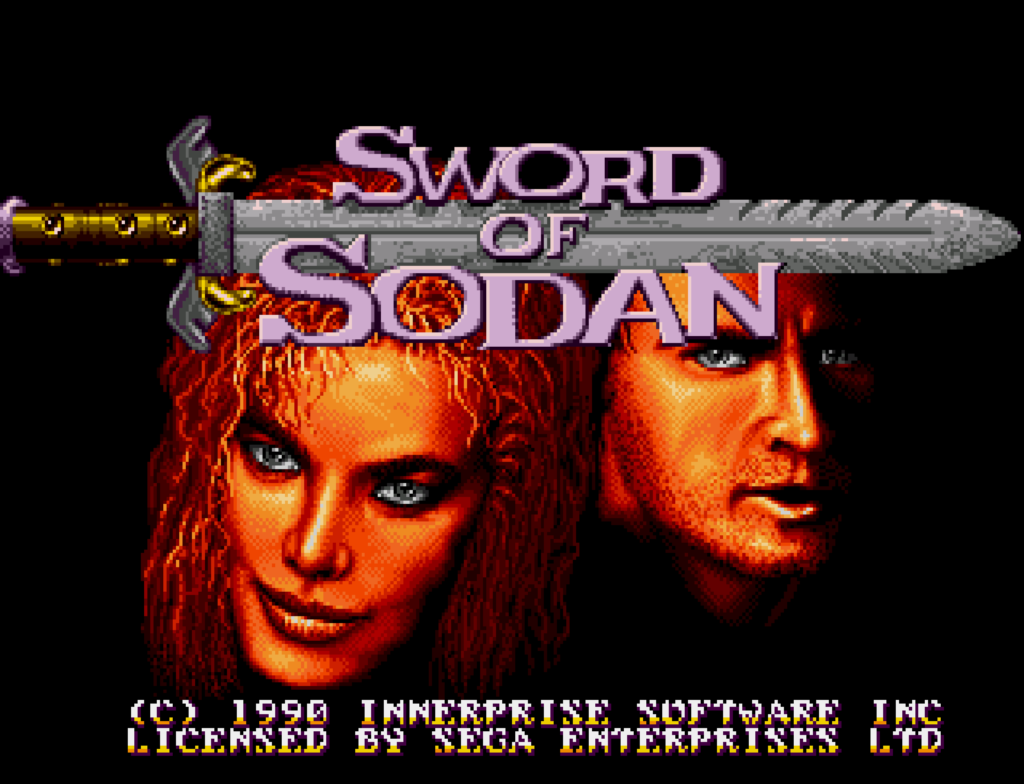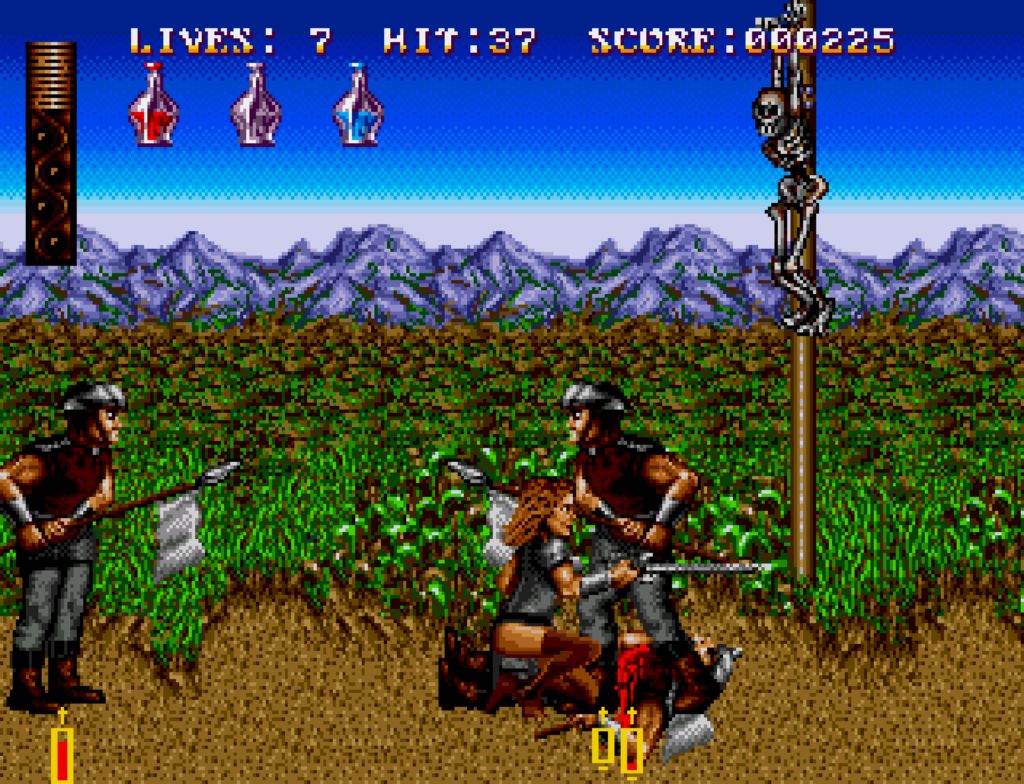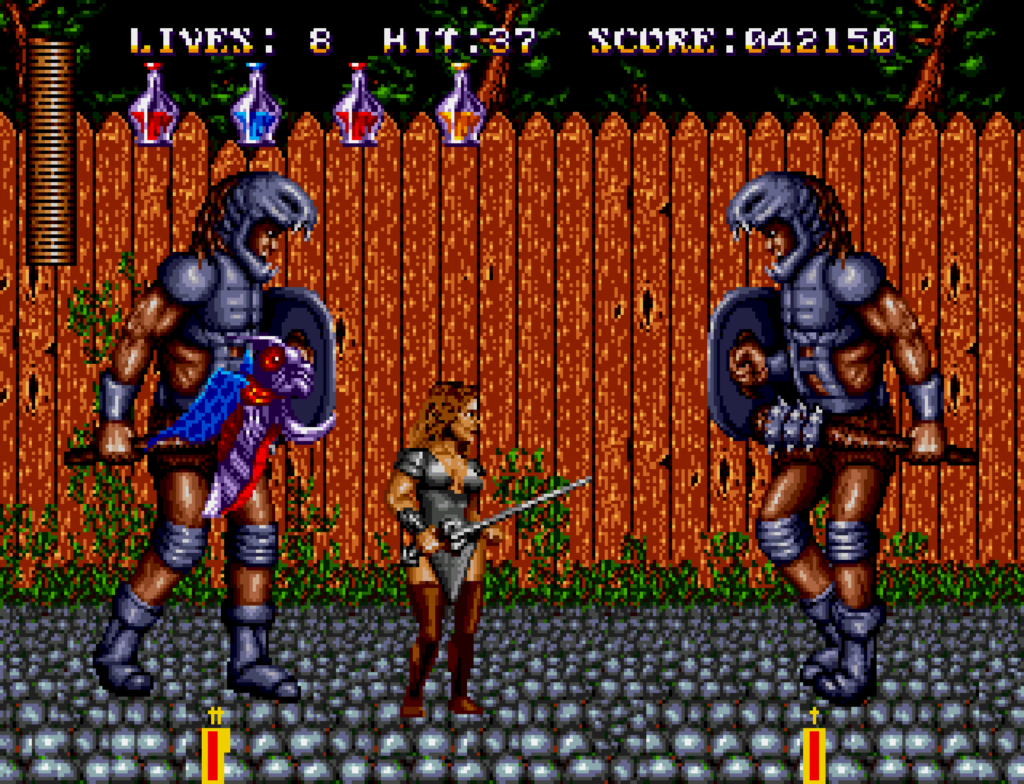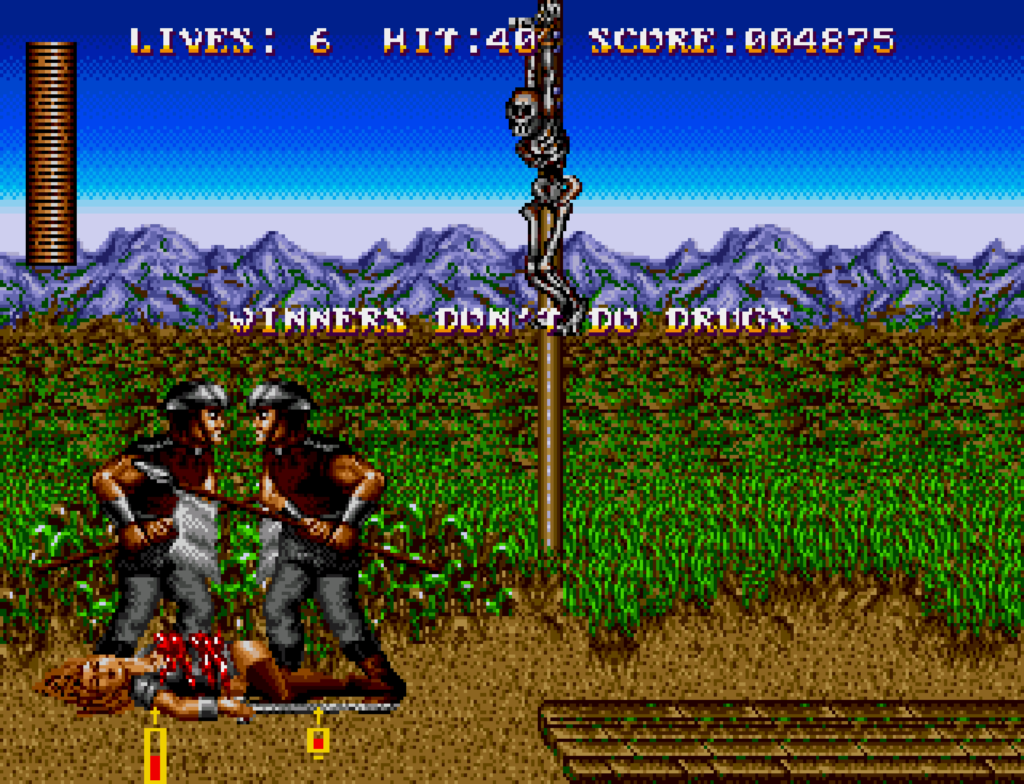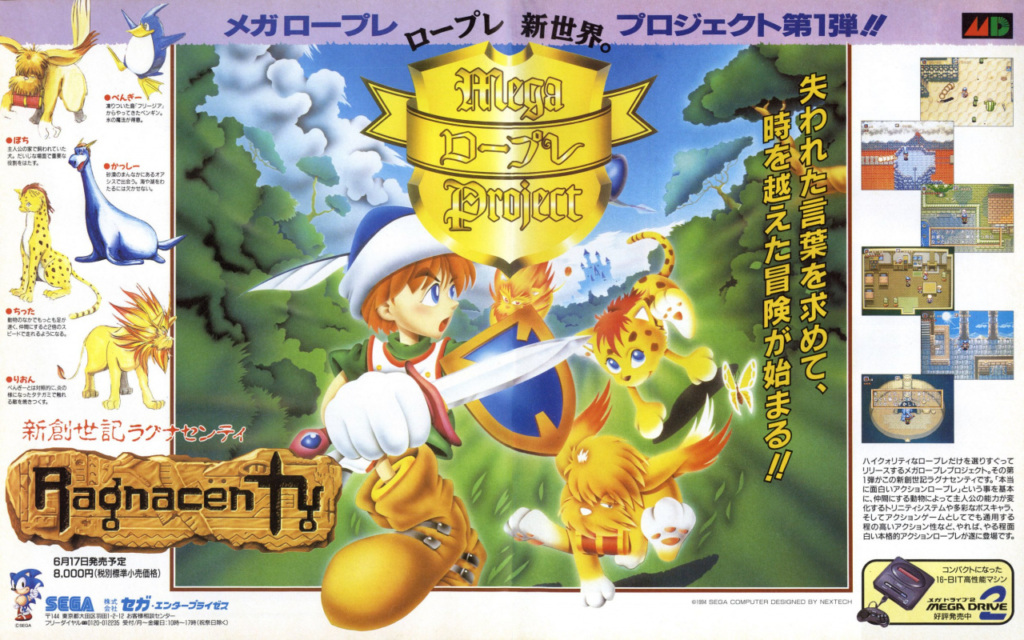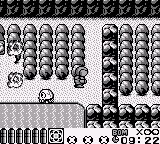I had thought about doing this as part of a Romhack Thursday, but I didn’t get it together in time for yesterday. And anyway, it’s not a hack of another game, but a homebrew title for the Genesis/Mega Drive. And it’s quite good!

While it has a recreation of the original Q*bert, the main attraction to Mega Q*bert is Mega Mode, which adds a lot of new elements to the game. It takes inspiration, not just from arcade Q*bert, but from Konami’s Q*bert for NES and the underrated Q*bert 3 for SNES. It even borrows bits of Q*bert creator Jeff Davis’ own unreleased arcade sequel, Faster Harder More Challenging Q*bert: Q*bertha returns from that game, a chaser character that can change cube colors herself. Later on, as in FHMCQ, that are levels where Slick and Sam change cubes to an unsolvable color, and only Q*bertha can return them to play.

Some other new elements, joining the balls and baddies of the arcade games:
- The Red Balls have tiny fast and huge slow versions, they behave the same but the difference in timing makes them tricky. Along with them are “Stop and Go” balls, which change speed.
- There’s new purple octopus enemies that generally fall down the pyramid, but can meander unpredictably, including up and sideways.
- A relative of Slick and Sam shows up later on, who in addition to wrecking your work can skip cubes on the way down, including jumping right over your head.

There’s also static disks that can be reused (a borrowing from Q*bert 3), disassociated playfields that disks must be used to travel between, cubes that can only be left in certain directions, one-hop cubes that disappear when landed on (and provide an alternate way of tricking Coily to its doom), and more. And there’s a two-player co-op mode too!

I won’t say it always has the best design. I’ve found at least one situation where the one-hop cubes can make a level unsolvable unless you lose a life, which resets them. And the way the balls move make some routes very difficult to ascend, due to their frequent tumbling down and blocking narrow paths. But these challenges, once you’re aware of them, can be overcome, and the game has passwords for every level anyway. If you like the original game, you’re sure to have a good time with Mega Q*bert.
Here is a full playthrough by its creator Jaklub. It’s pretty long (2 hours, 9 minutes)!
Mega Q*bert (rom for Genesis/Mega Drive by Jaklub, free download)


